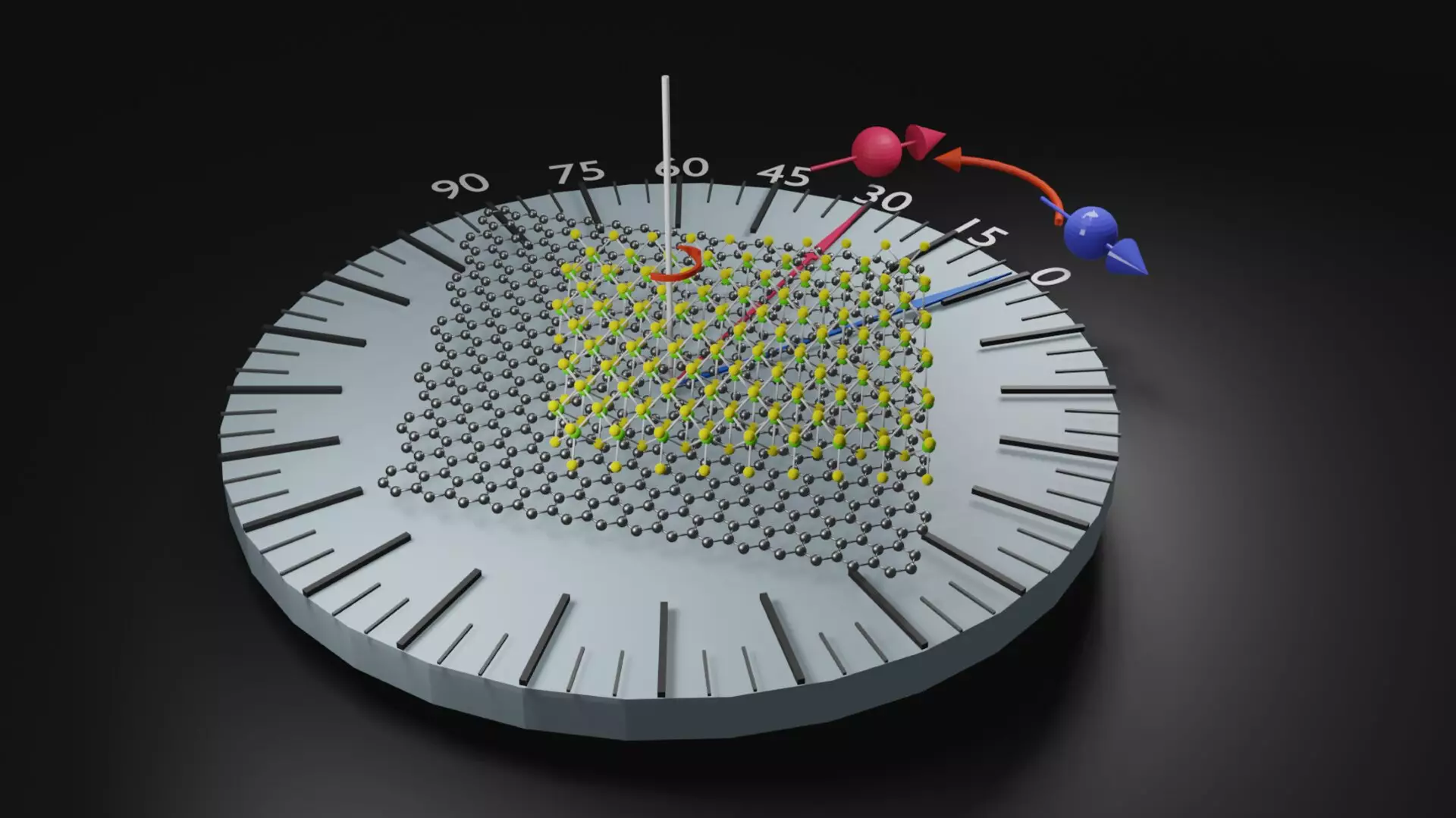The collaboration between research staff from the Charles University of Prague, the CFM (CSIC-UPV/EHU) center in San Sebastian, and CIC nanoGUNE’s Nanodevices group has resulted in the design of a groundbreaking complex material with emerging properties in the realm of spintronics. This discovery, which has been documented in the prestigious journal Nature Materials, has paved the way for a plethora of innovative opportunities in the development of electronic devices that are not only more efficient but also more advanced. These devices have the potential to integrate magnetic memories into processors, marking a significant leap forward in technology.
The Rise of Two-Dimensional Materials
The emergence of two-dimensional materials with unique characteristics has sparked a wave of research enthusiasm, particularly because of the novel effects that arise when two layers of these materials are layered to form what is known as a heterostructure. Recent observations have revealed that even slight rotations of these layers can bring about substantial changes in the properties of the resulting heterostructure, further fueling the interest in this area of study. The stacking of two layers of graphene and tungsten selenide (WSe2) has been a focal point of investigation, with Ikerbasque Research Professor Félix Casanova, the co-leader of the Nanodevices group at nanoGUNE, being at the forefront of this research.
Revolutionizing Spintronics
Traditionally, spin – one of the fundamental properties of electrons and other particles – is transferred in a direction perpendicular to the electric current. Manipulating these spin currents has long been a significant challenge in the field of spintronics, which aims to utilize spin for information storage, handling, and transmission in electronic devices. However, the recent discovery has shattered previous limitations by showcasing that when specific materials are used and two layers are stacked and rotated at a precise angle, a spin current can be induced in a desired direction. This breakthrough has far-reaching implications for the field, as it demonstrates that new spin-related properties that were previously non-existent in the original materials can be engineered through a simple twist of layers.
The collaborative efforts of researchers from various institutions have led to a revolutionary finding in the domain of spintronics. The development of this new complex material with unparalleled properties opens up a realm of possibilities for the creation of next-generation electronic devices that are not only more efficient but also possess advanced functionalities. By harnessing the power of two-dimensional materials and exploring the intricate interplay of layers, the future of spintronics looks incredibly promising and ripe with groundbreaking discoveries.


Leave a Reply